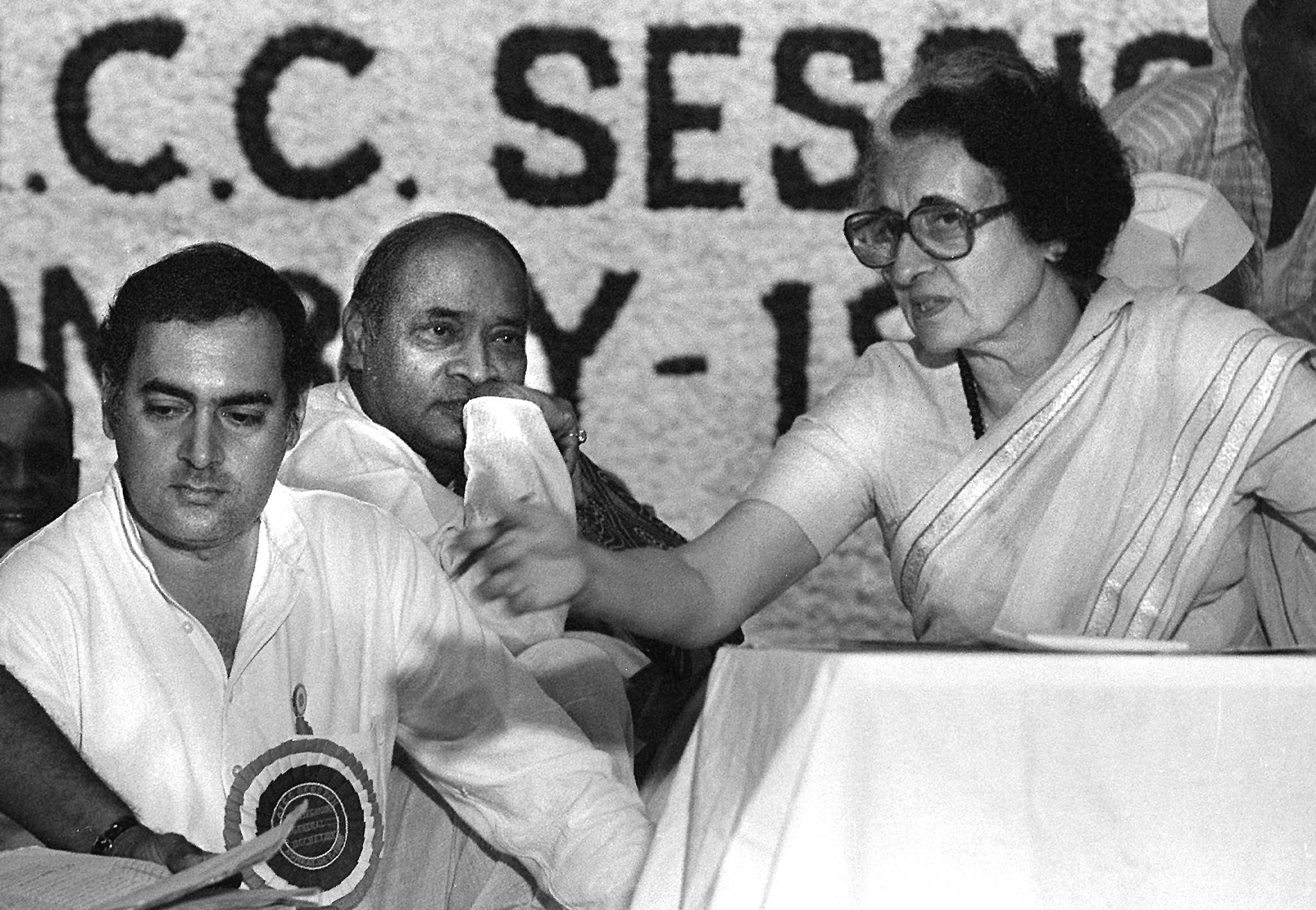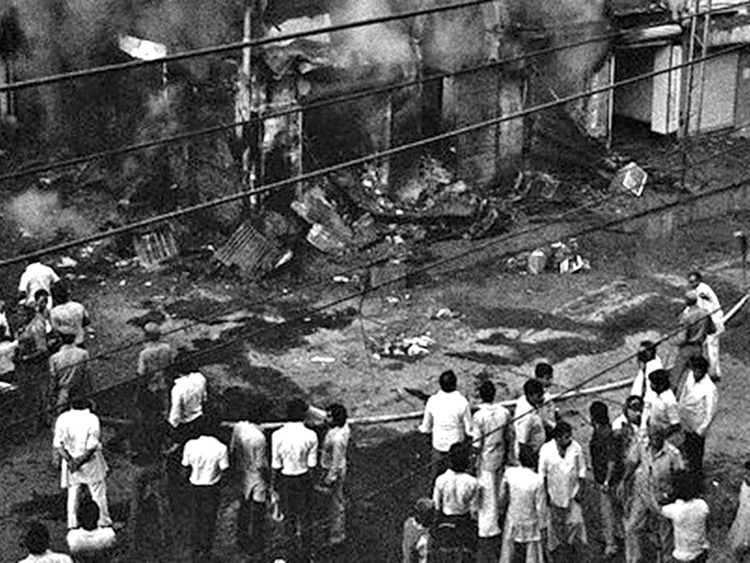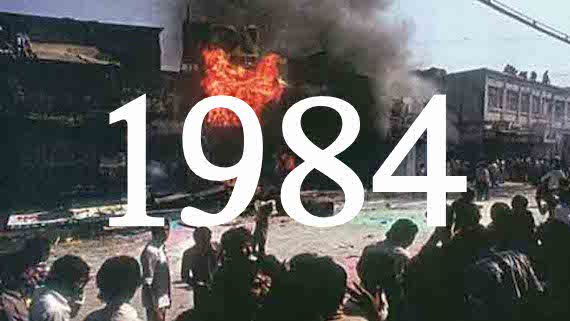1984 Sikh Genocide: A Forgotten Chapter?
On the night of October 31st, 1984, Indian Prime Minister Indira Gandhi was assassinated by her two bodyguards, who happened to be Sikh. Upon public notice of her assassination, Indian citizens -more specifically, Hindu nationalists -took matters into their own hands. The Hindu Nationalists relentlessly murdered, burned, raped, and tortured Sikhs all over India. One of the main motivators for their actions was the belief that all Sikhs were responsible for the actions of two Sikhs. Over the next three days, approximately 8,000 to 17,000 Sikhs were killed and about 50,000 were displaced. This is the 1984 Sikh genocide. Have we forgotten this Chapter of Indian History? A chapter on human rights and its violations. A chapter in the summer of 1984!
Also Read, State and National Lockdown in India
Background
36 years ago, one of India’s most prosperous states was teetering on the verge of secession, the nation’s Prime Minister was assassinated and the world’s worst industrial disaster left thousands dead in Bhopal. “Marked by instability and conflict, by assassination and mass murder, it was in 1984 that the Republic of India came closest to being, as it were, non-functioning anarchy,” wrote the historian Ramachandra Guha in Outlook magazine in 2009.
It all began in the summer of 1984: Three decades ago, three events changed India — for better and worse.

Operation Blue Star
It was the start of the descent into chaos. In the first week of June 1984, Prime Minister Indira Gandhi ordered the Indian army to launch an attack on the Golden Temple complex in Amritsar. Golden Temple is the Holy Shrine for the Sikh minority. Armed Sikh radicals, led by the fiery preacher Sant Jarnail Singh Bhindranwale, had occupied the temple between 1982 and June 1984.
What was their demand? They demanded a separate “Sikh homeland” called Khalistan. Negotiations between the government and Sikh religious leaders had failed. Militants were on the loose in the northern Indian state of Punjab, killing anyone who appeared to be against what they stood for. Reports emerged that Khalistan would be declared an independent country from inside the temple.
The Gandhi-led government, left with little choice and staring at the possibility of secession, decided to send in the army. What followed was a six-day-long armed battle between the army and the militant Sikhs. Thousands of innocent pilgrims were killed. The Akal Takht, the center of Sikh authority, was reduced to rubble.

Today, India’s Sikhs seem to have been reintegrated into the mainstream, but the wounds of Operation Bluestar and the 1984 Sikh Genocide haven’t healed.
A small minority in the state of Punjab continues to hero-worship revolutionary activist Bhindranwale. And perhaps most sensationally, a sword fight broke out among Sikhs just months ago at the site of the massacre — over how best to commemorate this bloody anniversary.
Indira Gandhi’s Assassination
Four months later, on the morning of Oct. 31, 1984, Prime Minister Indira Gandhi was assassinated by her Sikh bodyguards as revenge for Operation Bluestar. They shot her as she was walking from her residence to her office, located in the same compound. As Indira Gandhi’s body lay in state at the former home of her father — India’s first prime minister, Jawaharlal Nehru — angry mobs of Hindus were attacking Sikhs in New Delhi.
The mobs burned down shops and killed men indiscriminately. They raped women and wiped out entire families. The official death toll says that 3,000 Sikhs died in a one-sided massacre. Unofficial estimates put that number at 7,000.
Believe it or not, The world literally halted!
Good Morning America, ABC News’ popular show, did not air the morning after; networks spent two hours on the assassination story instead. In London, a handful of Sikhs celebrated Gandhi’s death as the rest of England was gripped by media coverage that lasted four days.

Leaders from Gandhi’s Congress party filled public spaces with slogans like Khoon ka badla khoon (“Murder as revenge for murder”). Such was the fear among Sikhs that Khushwant Singh, the eminent writer and historian, said, “I felt like a refugee in my country. In fact, I felt like a Jew in Nazi Germany.”
The aftermath of the 1984 Sikh genocide has effects fresh as new to many.
India’s Stance 30 years later…
While the Indian government still has yet to recognize these events as a human rights violation, let alone genocide, there have only recently been small steps to justice.
Thirty years later, not a single one of the accused. Congress leaders Sajjan Kumar and Jagdish Tytler — have been convicted for a lifetime in Jail for those bloody anti-Sikh riots.
There are a number of problems still seen today as a result of the Indian government’s declination to recognize October 31-November 3, 1984 as a genocide, much less take responsibility for it.
First of all, the Indian government addresses these days as “the anti-Sikh riots.” This terminology is wrong as “riots” implies disorganized, spontaneous acts of violence too overwhelming for law enforcement to handle. It allows the government to escape acknowledging the malicious intent rooted in the massacres. The intentional ignorance of these events encourages Hindu nationalism and the oppression of Sikhs. Since Hinduism is the most prevalent religion across India, the possible declamation of it would discredit the entire government and cause political turmoil.
The Indian government’s fear of being overthrown by a majority of their population isn’t fair to Sikhs in India because they lost such a big part of their population and the least the government could do to commence reparations is recognize the perpetrators of the violence.
What’s our role?
Our responsibility as informed people is to understand what happened and recognize the impact the Sikh genocide still has today. Among many cases of unwarranted brutality, Sikhs are the most likely to be illegally detained and tortured in India. Let’s also not forget to recognize that history has a tendency to repeat itself. Failing to agree that the events in the 1984 Sikh Genocide. They constitute a genocide that radiates the message that mass murder based on a common trait among people is a valid reason to eradicate those people.
Don’t miss Dr. Manmohan Singh: A Glimpse in his life!




